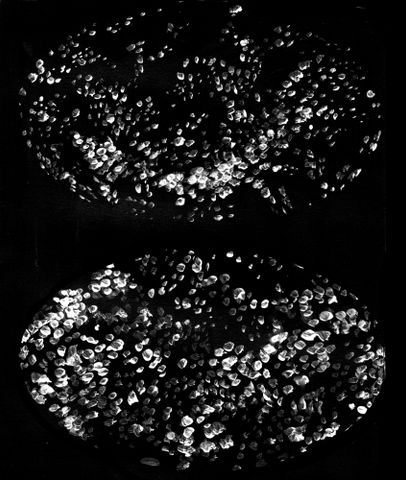Exchange
Stratigraphy and Urbanism | Geoarchive and Laboratory
with Geoffrey C. Bowker, Irka Hajdas, Simon Price and Etienne Turpin

Stratigraphy and Urbanism
Simon Price (British Geological Survey, Keyworth) and Etienne Turpin (architect, writer, and artist, Jakarta)
What is the geological character of a city? Excavating and analyzing the subsurface zone of the urban landscape, the applied geoscientist Simon Price establishes an underground morphology of anthropic centers. His dialogue partner, theorist and architect Etienne Turpin, advocates “a geologic turn in architecture,” promoting a more speculative, multidisciplinary, and activist research practice at the intersection of the urban, the environmental, and the political. Comparing their empirical fieldwork, this dialogue traces the methods and practices that inform approaches to the city as both an archival assembly of the Anthropocene as well as the ground for politicized architectural theory.
Geoarchive and Laboratory
Irka Hajdas (Ion Beam Physics, ETH Zurich) and Geoffrey C. Bowker (School of Information and Computer Science, University of California at Irvine)
Earth’s history is stored in the geoarchive: the rock strata, the ocean sediments, and the air bubbles captured in what used to be “perpetual” ice. Laboratory measurements make it possible to reconstruct this history. This dialogue sets out to ponder the many practical dimensions of dating, calibrating, and synchronizing the chronologies of the geoarchive by transferring it into the data-based temporalities of the (virtual) laboratory. How does the interplay of these “time zones” form a coherent picture that might eventually help us to portray another time, the time of our future? The paleoclimatologist Irka Hajdas, well-experienced with preparing and analyzing sediment samples extending from archaeological times to deep-time, and Geoffrey Bowker, who studies the application and epistemological implications of digital environments, together discuss their respective approaches to deciphering such measures of time.